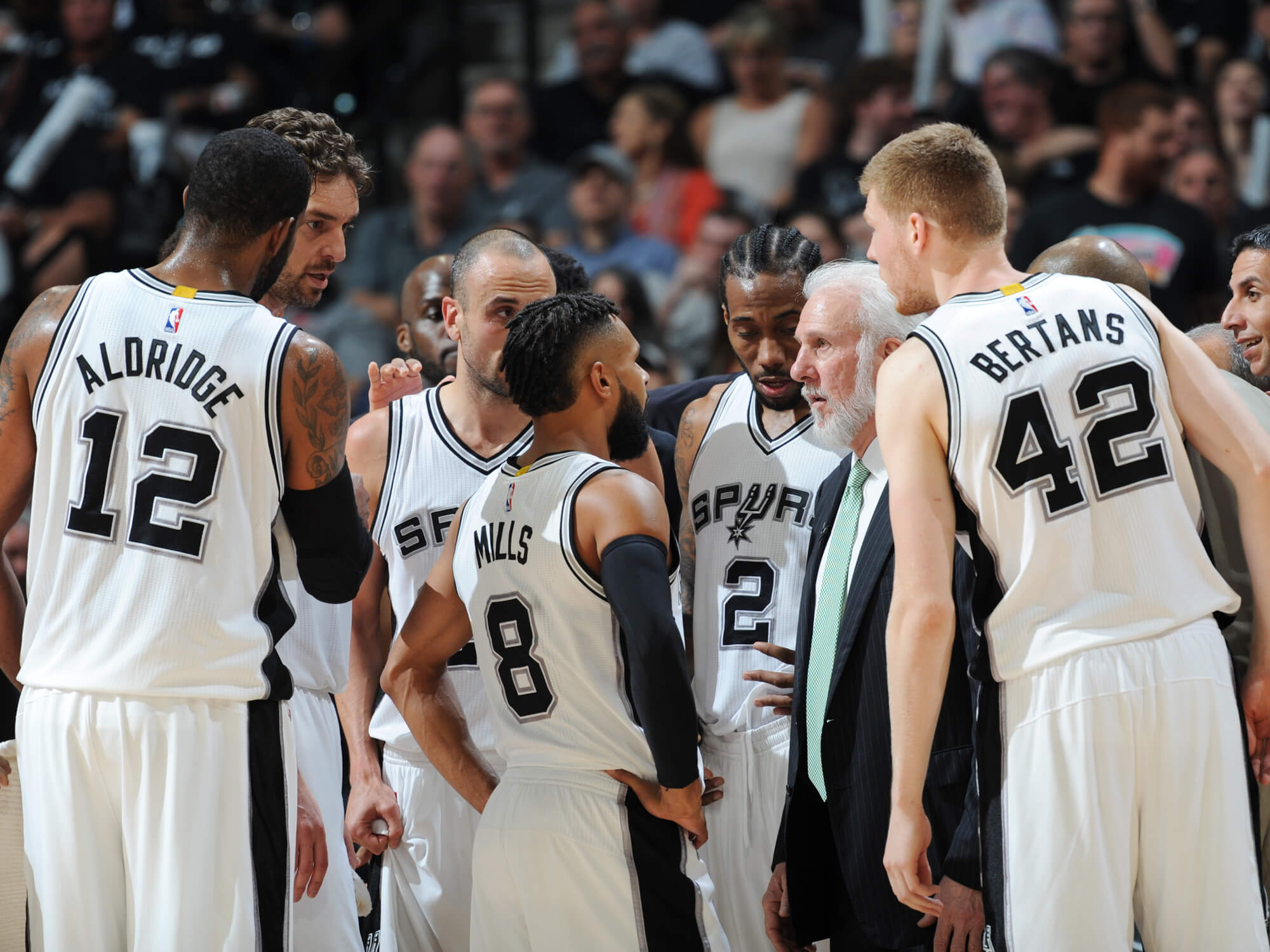
Coach Gregg Popovich running a timeout for the San Antonio Spurs
Imagine that coach watching the game. Naturally, he can see many things he could advise individuals and the group to do, to change, to stop doing.
However, the best coaches do one thing consistently in such situations, they:
give less advice
To illustrate this, a lesson learned from my own experience as a basketball coach running time outs.
Coming late to the game (as I grew late as a teenager), by the time I went to University I was totally passionate about basketball. It came above all other interests and I pursued that passion for six years alongside first my university studies then my chartered accountancy apprenticeship.
Now, after I graduated from university I was clearly no longer eligible to play for the university team, so I moved to play for a club in the city, where I was fortunate to play under a really good coach and learn from them. Shortly after that, I went back to the university and was asked to coach the team, as well as be “player-coach” in league matches where I was still able to be eligible.
I love the leadership tenet “coach, don’t play”, learning this at that young age (22) when i started to coach. You can try to be a player-coach, but you can simply see SO much more when you are watching rather being part of the action. The perspective of being an observer is so powerful. Heck, to this day my role professionally is exactly that, the outside observer, the “coach”, if you will.
So, once I became a coach, I felt I saw so many things I could tell the players on the court to help them and help the team. I, therefore, started to play less and less and coach only from the sidelines. Now, when I stopped being on the court, I then only had two opportunities to do that in each half of the game, each a sixty-second “timeout”.
Imagine this 22-year-old new coach, bouncing full of enthusiasm, ideas, observations. Have a guess how many instructions and pieces of advice I would typically give in that sixty-second period? To begin with, I used to give at least 8 to 10 instructions. In sixty seconds. Mad, huh?
How much of that would the players retain? None. Simply too much information, too fast. Over time, I learned. Learned what?:
give less advice
I learned that in a sixty-second time out, at MOST give two instructions, giving only one is even better.
I was reminded of this quite recently when talking to some long-time clients. I note that they are long-time clients, as over time the coach-client relationship often tends to shift to more frequent calls or meetings of shorter duration (often thirty-minute calls each week). Why? As the client at that point is often simply looking to “check in” with their sounding board, to “sense check” an idea or two, to keep the coach up to speed with the flow of the business or organisation and their leadership. Also, with the regularity of contact, the coach, as that outside observer, can sometimes see trends over time that they can highlight.
Of course, often, as that outside observer, sometimes I can see multiple things in the first few minutes of such calls/meetings that I could remark on. One thing, though, that I do take from my basketball coaching experience three decades ago, is to:
give less advice
So, in a thirty-minute call, I typically hold back and only give (at most) two pieces of: advice, observations, ideas, recommended actions, reflections.
PS another tip. Repetition is a valuable tool too.
give less advice
